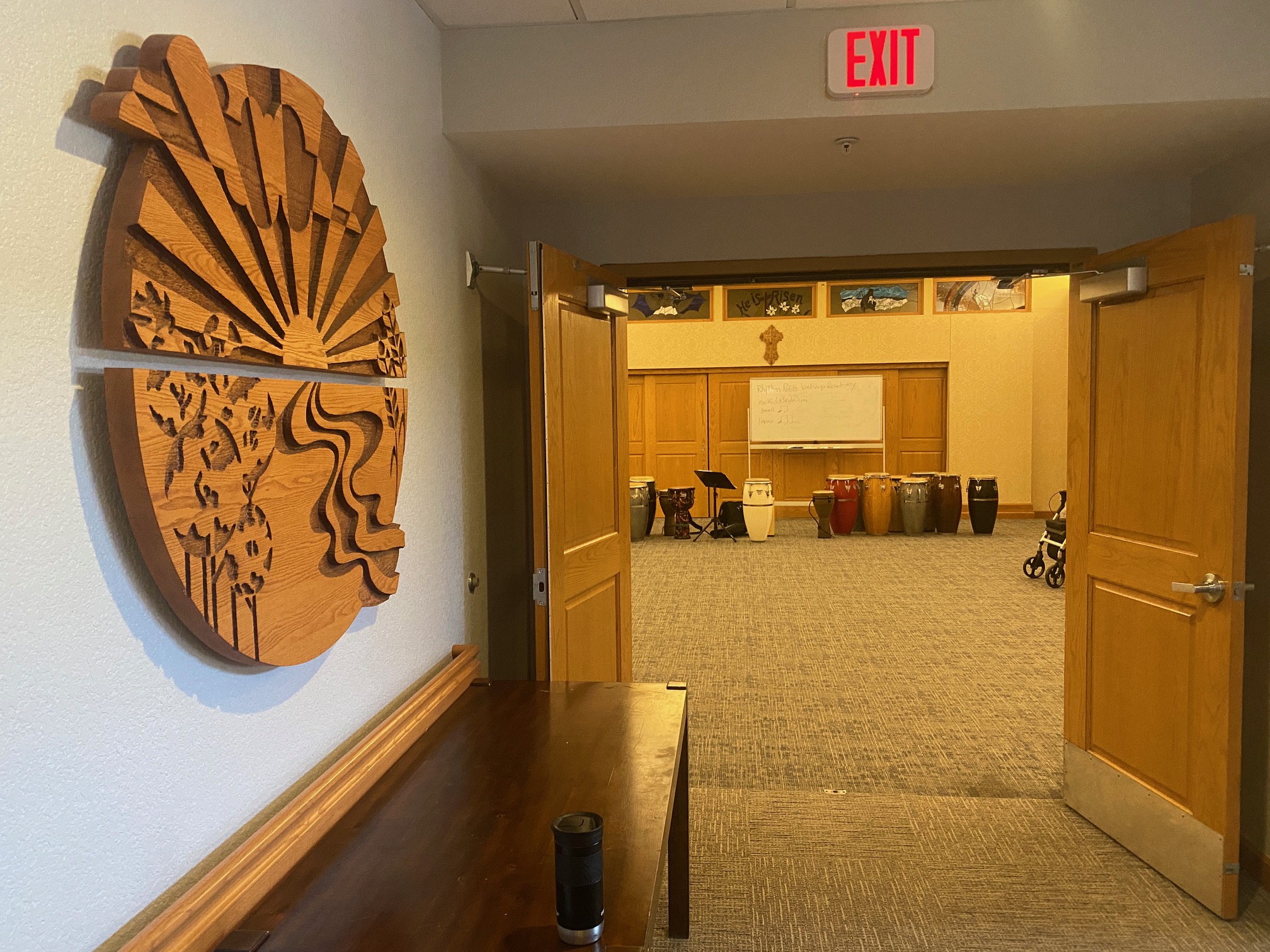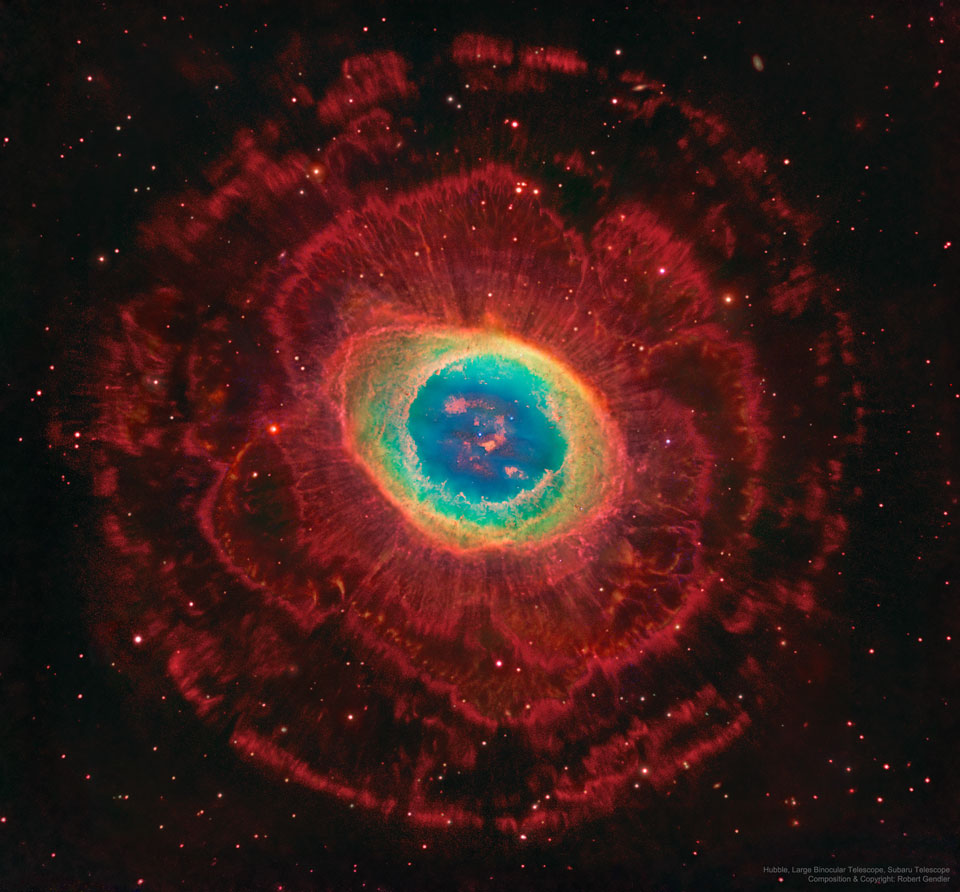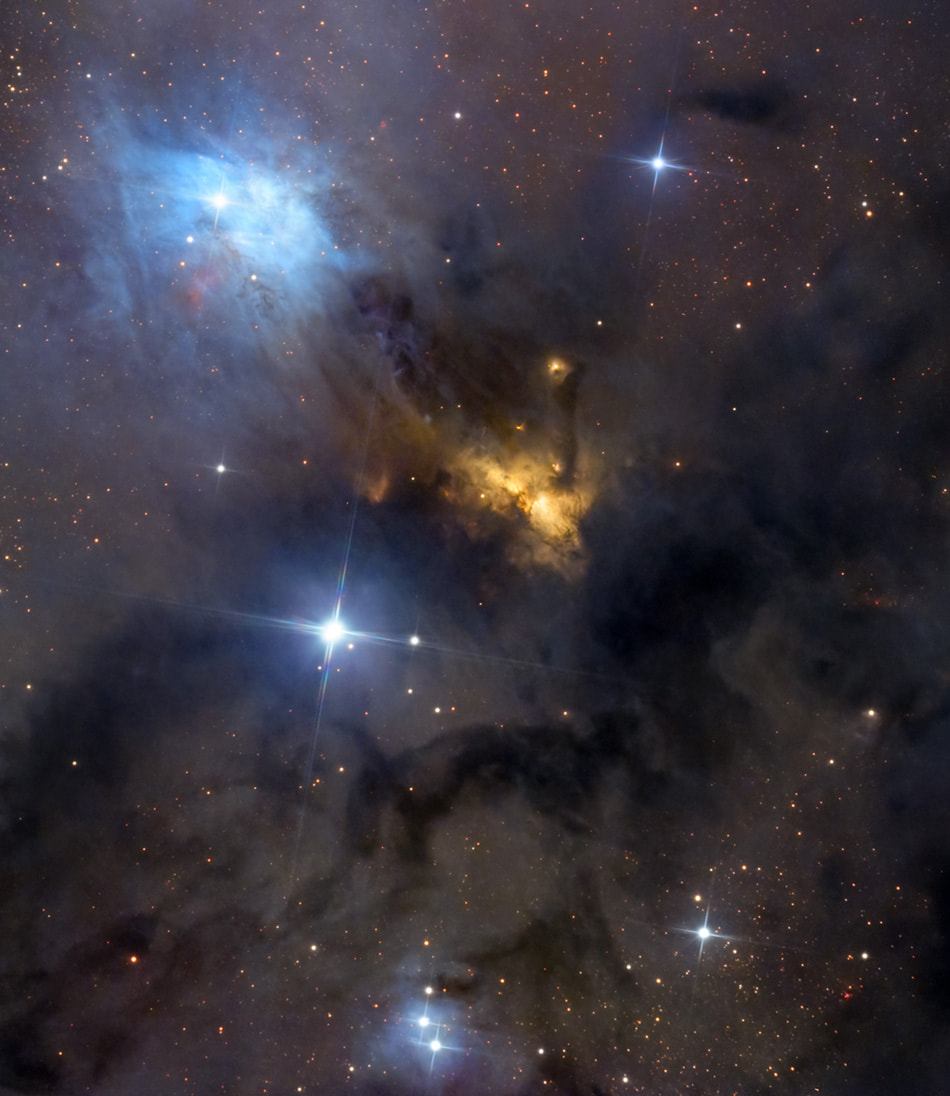Blog
Mabel Bernice Scott (April 30, 1915 – July 20, 2000) was an American gospel music and R&B vocalist. She lived in New York and Cleveland before arriving on the West Coast blues scene in 1942. Mabel is probably remembered more for her 1948 hits “Elevator Boogie” and “Boogie Woogie Santa Claus” than for her 1949–1951 marriage to the featured piano player of “Elevator Boogie”, Charles Brown of Johnny Moore’s Three Blazers.
Mabel Scott was born in Richmond, Virginia, the daughter of Rachael and Thomas Scott. By 1930, she was living in New York City with her mother.She developed her singing voice in church, eventually forming an all-girl gospel group, the Song Cycles. Around 1932 Scott began singing at Harlem‘s Cotton Club with Cab Calloway‘s Orchestra and the dancing Nicholas Brothers.
more...Percy Heath (April 30, 1923 – April 28, 2005) was an American jazz bassist, brother of saxophonist Jimmy Heath and drummer Albert Heath, with whom he formed the Heath Brothers in 1975. Heath played with the Modern Jazz Quartet throughout their long history and also worked with Miles Davis, Dizzy Gillespie, Charlie Parker, Wes Montgomery, Thelonious Monk and Lee Konitz.
Heath was born in Wilmington, North Carolina, United States, and spent his childhood in Philadelphia.His father played the clarinet and his mother sang in the church choir. He started playing violin at the age of eight and also sang locally. He was drafted into the Army in 1944, trained with the Tuskegee Airmen, graduating as a 2nd Lieutenant pilot, but saw no combat.
more...Gary D. Davis (April 30, 1896 – May 5, 1972), known as Reverend Gary Davis and Blind Gary Davis, was a blues and gospel singer who was also proficient on the banjo, guitar and harmonica. Born in Laurens, South Carolina and blind since infancy, Davis first performed professionally in the Piedmont blues scene of Durham, North Carolina in the 1930s, then converted to Christianity and became a minister. After moving to New York in the 1940s, Davis experienced a career rebirth as part of the American folk music revival that peaked during the 1960s. Davis’ most notable recordings include “Samson and Delilah“[3] and “Death Don’t Have No Mercy“.
Davis’ fingerpicking guitar style influenced many other artists. His students included Stefan Grossman, David Bromberg, Steve Katz, Roy Book Binder, Larry Johnson, Alex Shoumatoff, Nick Katzman, Dave Van Ronk, Rory Block, Ernie Hawkins, Larry Campbell, Bob Weir, Woody Mann, and Tom Winslow. He also influenced Bob Dylan, the Grateful Dead, Wizz Jones, Jorma Kaukonen, Keb’ Mo’, Ollabelle, Resurrection Band, and John Sebastian (of the Lovin’ Spoonful)
more...
Featured in this Hubble Picture of the Week this week is the dwarf galaxy IC 776. This swirling collection of stars new and old is located in the constellation Virgo — in fact, in the Virgo galaxy cluster — 100 million light-years from Earth. While a dwarf galaxy, it’s also been classified as an SAB-type or ‘weakly barred’ spiral, one studynaming it a “complex case” in morphology. This highly detailed view from Hubble demonstrates that complexity well. IC 776 has a ragged, disturbed disc that nevertheless looks to spiral around the core, and arcs of star-forming regions.
This image is from an observation programme dedicated to the study of dwarf galaxies in the Virgo cluster, searching for sources of X-rays in such galaxies. X-rays are often emitted by accretion discs, where material that is drawn into a compact object by gravity crashes together and forms a hot, glowing disc. The compact object can be a white dwarf or neutron star in a binary pair, stealing material from its companion star, or it can be the supermassive black hole at the heart of a galaxy, devouring all around it. Dwarf galaxies like IC 776, travelling through the Virgo cluster, experience a pressure from the intergalactic gas which can both stimulate star formation and feed the central black hole in a galaxy. That can create energetic accretion discs, hot enough to emit X-rays.
While Hubble is not able to see X-rays, it can coordinate with X-ray telescopes such as NASA’s Chandra, revealing the sources of this radiation in high resolution using visible light. Dwarf galaxies are thought to be very important for our understanding of cosmology and the evolution of galaxies. As with many areas of astronomy, the ability to examine these galaxies across the electromagnetic spectrum is critical to their study.

Raymundo “Ray” Barretto Pagán (April 29, 1929 – February 17, 2006 Brooklyn, NY) was an American percussionist and bandleader of Puerto Rican descent. Throughout his career as a percussionist, he played a wide variety of Latin music styles, as well as Latin jazz. His first hit, “El Watusi”, was recorded by his Charanga Moderna in 1962, becoming the most successful pachanga song in the United States. In the late 1960s, Barretto became one of the leading exponents of boogaloo and what would later be known as salsa. Nonetheless, many of Barretto’s recordings would remain rooted in more traditional genres such as son cubano. A master of the descarga (improvised jam session), Barretto was a long-time member of the Fania All-Stars. His success continued into the 1970s with songs such as “Cocinando” and “Indestructible”. His last album for Fania Records, Soy dichoso, was released in 1990. He then formed the New World Spirit jazz ensemble and continued to tour and record until his death in 2006.
more...Willie Hugh Nelson (born April 29, 1933 Abbott, TX) is an American country singer, guitarist and songwriter. He was one of the main figures of the outlaw country subgenre that developed in the late 1960s as a reaction to the conservative restrictions of the Nashville sound. The critical success of his album Shotgun Willie (1973), combined with the critical and commercial success of Red Headed Stranger (1975) and Stardust (1978), made Nelson one of the most recognized artists in country music. Nelson has acted in over 30 films, co-authored several books, and has been involved in activism for the use of biofuels and the legalization of marijuana.
Nelson wrote his first song at age seven and joined his first band at ten. During high school, he toured locally with the Bohemian Polka as their lead singer and guitar player. After graduating from high school in 1950, he joined the U.S. Air Force but was later discharged due to back problems. After his return, Nelson attended Baylor University for two years but dropped out because he was succeeding in music. He worked as a disc jockey at radio stations in his native Texas, and in several radio stations in the Pacific Northwest, all the while working as a singer and songwriter throughout the late 1950s. During that time, he wrote songs that would become country standards, including “Funny How Time Slips Away“, “Hello Walls“, “Pretty Paper“, and “Crazy“. In 1960 he moved to Nashville, Tennessee, and later signed a publishing contract with Pamper Music which allowed him to join Ray Price’s band as a bassist. In 1962, he recorded his first album, …And Then I Wrote. Due to this success, Nelson signed in 1964 with RCA Victor and joined the Grand Ole Opry the following year. After mid-chart hits in the late 1960s and the early 1970s, Nelson grew weary of the corporate Nashville music scene, and in 1972 he moved to Austin, Texas. The ongoing music scene of Austin motivated Nelson to return to performing, appearing frequently at the Armadillo World Headquarters.
In 1973, after signing with Atlantic Records, Nelson turned to outlaw country, including albums such as Shotgun Willie and Phases and Stages. In 1975, he switched to Columbia Records, where he recorded the critically acclaimed album Red Headed Stranger. The same year, he recorded another outlaw country album, Wanted! The Outlaws, along with Waylon Jennings, Jessi Colter, and Tompall Glaser. During the mid-1980s, while creating hit albums like Honeysuckle Rose and recording hit songs like “On the Road Again“, “To All the Girls I’ve Loved Before“, and “Pancho and Lefty“, he joined the country supergroup The Highwaymen, along with fellow singers Johnny Cash, Waylon Jennings, and Kris Kristofferson. In 1985, he helped organize the first Farm Aid concert to benefit American farmers; the concerts have been held annually ever since and Nelson has been a fixture, appearing at every one.
In 1990, Nelson’s assets were seized by the Internal Revenue Service, which claimed that he owed $32 million. The difficulty of paying his outstanding debt was aggravated by weak investments he had made during the 1980s. In 1992, Nelson released The IRS Tapes: Who’ll Buy My Memories?; the profits of the double album—destined to the IRS—and the auction of Nelson’s assets cleared his debt. During the 1990s and 2000s, Nelson continued touring extensively, and released albums every year. Reviews ranged from positive to mixed. He explored genres such as reggae, blues, jazz, and folk.
Nelson made his first movie appearance in the 1979 film The Electric Horseman, followed by other appearances in movies and on television. Nelson is a major liberal activist and the co-chair of the advisory board of the National Organization for the Reform of Marijuana Laws (NORML), which is in favor of marijuana legalization. On the environmental front, Nelson owns the biodiesel brand Willie Nelson Biodiesel, whose product is made from vegetable oil. Nelson is also the honorary chairman of the advisory board of the Texas Music Project, the official music charity of the state of Texas.
more...Jean-Baptiste Frédéric Isidor, Baron Thielemans (29 April 1922 – 22 August 2016), known professionally as Toots Thielemans, was a Belgian jazz musician. He was mostly known for playing the chromatic harmonica, as well as his guitar and whistling skills, and composing. According to jazz historian Ted Gioia, his most important contribution was in “championing the humble harmonica”, which Thielemans made into a “legitimate voice in jazz”. He eventually became the “preeminent” jazz harmonica player.
His first professional performances were with Benny Goodman‘s band when they toured Europe in 1949 and 1950. He emigrated to the U.S. in 1951, becoming a citizen in 1957. From 1953 to 1959 he played with George Shearing, and then led his own groups on tours in the U.S. and Europe. In 1961 he recorded and performed live one of his own compositions, “Bluesette“, which featured him playing guitar and whistling. In the 1970s and 1980s, he continued touring and recording, appearing with musicians such as Oscar Peterson, Ella Fitzgerald, Sarah Vaughan, Bill Evans, Dizzy Gillespie, Kenny Werner, Pat Metheny, Jaco Pastorius, Mina Mazzini, Elis Regina, Quincy Jones, George Shearing, Natalie Cole, Billy Joel, Paul Simon, and Paquito D’Rivera.
Thielemans recorded the soundtracks for The Pawnbroker (1964), Midnight Cowboy (1969), The Getaway(1972), Cinderella Liberty (1973), The Sugarland Express (1974) and Looking for Mr. Goodbar (1977). His harmonica theme song for the popular Sesame Street TV show was heard for 40 years. He often performed and recorded with Quincy Jones, who once called him “one of the greatest musicians of our time.” In 2009 he was designated a Jazz Master by the National Endowment for the Arts, the highest honor for a jazz musician in the United States.
more...Edward Kennedy “Duke” Ellington (April 29, 1899 – May 24, 1974) was an American jazz pianist, composer, and leader of his eponymous jazz orchestra from 1923 through the rest of his life.
Born and raised in Washington, D.C., Ellington was based in New York City from the mid-1920s and gained a national profile through his orchestra’s appearances at the Cotton Club in Harlem. A master at writing miniatures for the three-minute 78 rpm recording format, Ellington wrote or collaborated on more than one thousand compositions; his extensive body of work is the largest recorded personal jazz legacy, and many of his pieces have become standards. He also recorded songs written by his bandsmen, such as Juan Tizol‘s “Caravan“, which brought a Spanish tinge to big band jazz.
At the end of the 1930s, Ellington began a nearly thirty-year collaboration with composer-arranger-pianist Billy Strayhorn, whom he called his writing and arranging companion. With Strayhorn, he composed multiple extended compositions, or suites, as well as many short pieces. For a few years at the beginning of Strayhorn’s involvement, Ellington’s orchestra featured bassist Jimmy Blanton and tenor saxophonist Ben Webster and reached a creative peak. Some years later following a low-profile period, an appearance by Ellington and his orchestra at the Newport Jazz Festival in July 1956 led to a major revival and regular world tours. Ellington recorded for most American record companies of his era, performed in and scored several films, and composed a handful of stage musicals.
Although a pivotal figure in the history of jazz, in the opinion of Gunther Schuller and Barry Kernfeld, “the most significant composer of the genre”, Ellington himself embraced the phrase “beyond category”, considering it a liberating principle, and referring to his music as part of the more general category of American Music. Ellington was known for his inventive use of the orchestra, or big band, as well as for his eloquence and charisma. He was awarded a posthumous Pulitzer Prize Special Award for music in 1999.
more...
The Ring Nebula (M57) is more complicated than it appears through a small telescope. The easily visible central ring is about one light-year across, but this remarkably deep exposure – a collaborative effort combining data from three different large telescopes –explores the looping filaments of glowing gas extending much farther from the nebula‘s central star. This composite image includes red light emitted by hydrogen as well as visible and infrared light. The Ring Nebula is an elongated planetary nebula, a type of nebula created when a Sun-like star evolves to throw off its outer atmosphere and become a white dwarf star. The Ring Nebula is about 2,500 light-years away toward the musical constellation Lyra.

Steve Khan (born Steven Harris Cahn; April 28, 1947) is an American jazz guitarist.
Steven Harris Cahn was born in Los Angeles. His father, lyricist Sammy Cahn, “loved to hear any and all versions of his songs”. He took piano lessons as a child and played drums for the surf rock band the Chantays. The band’s guitarist exposed him to the albums Tough Talk by The Crusaders and Movin’ Wesby Wes Montgomery. In his late teens he quit the drums and started playing guitar. He was a member of the R&B band Friends of Distinction, recorded with keyboardist Phil Moore, then played on the album Bullittby Wilton Felder (“one of my heroes”). Despite his father’s advice to avoid a career in the music business, he graduated from UCLA with a degree in music composition and theory.
In the early 1970s, he performed in an acoustic guitar duo with Larry Coryell and was a member of the Brecker Brothers band. As a session musician, he appeared on albums by Ashford & Simpson, Rupert Holmes, Billy Joel, and Steely Dan. He was signed to Columbia Records through the efforts of Bobby Colomby and Bob James. On his first three albums Tightrope (1977), The Blue Man (1978), and Arrows(1979), he was trying “to single-handledly keep alive the sound of the original Brecker Brothers band.”His next album was Evidence (1980), which contained an eighteen-minute medley of songs by Thelonious Monk.
more...
Oliver Jackson (April 28, 1933 – May 29, 1994), also known as Bops Junior, was an American jazz drummer.
Jackson was born in Detroit, Michigan, United States, where he played in the 1940s with Thad Jones, Tommy Flanagan, and Wardell Gray, and had a variety show with Eddie Locke called Bop & Locke. After working with Yusef Lateef from 1954 until 1956, he moved to New York, where he played regularly at the Metropole in 1957 and 1958. Following this he worked with Teddy Wilson, Charlie Shavers (1959–61), Buck Clayton, Benny Goodman(1962), Lionel Hampton (1962–64), Kenny Burrell, Earl Hines (1964–70 intermittently) and the JPJ Quartet with Budd Johnson. Later in life he played with Sy Oliver (1975–80), Oscar Peterson, and George Wein‘s Newport All-Stars. As a bandleader, Jackson led a 1961 date in Switzerland, and recorded at least five albums for Black & Blue Records between 1977 and 1984.
His brother, bassist Ali Jackson, performed with him both at the beginning and towards the end of their careers. His nephew, Ali Jackson Jr., is a jazz drummer.
Jackson died from heart failure in New York City at the age of 61.
more...Prudencio Mario Bauzá Cárdenas (April 28, 1911 – July 11, 1993) was an Afro-Cuban jazz, and jazzmusician. He was among the first to introduce Cuban music to the United States by bringing Cuban musical styles to the New York City jazz scene. While Cuban bands had had popular jazz tunes in their repertoire for years, Bauzá’s composition “Tangá” was the first piece to blend jazz harmony and arranging technique, with jazz soloists and Afro-Cuban rhythms. It is considered the first true Afro-Cuban jazz tune.
As a child he studied clarinet becoming recognized as a child prodigy on the instrument and was featured with the Havana Symphony at the age of 11. Bauzá then performed on clarinet and bass clarinet with pianist Antonio María Romeu‘s charanga (flute and violins) orchestra. This proved a fateful event as the orchestra visited New York City to record in 1926. Bauzá’s stayed with his cousin, trumpeter René Endreira, who was a Harlem resident and played with The Santo Domingo Serenaders, a band was made up of Panamanians, Cubans, and Puerto Ricans playing jazz. The teenage Bauzá was impressed with Harlem’s African American community and the freedom they had. He also witnessed a performance of George Gershwin‘s “Rhapsody in Blue” and was inspired with saxophonist Frankie Trumbauer‘s feature in the piece. Upon his return to Cuba, he vowed he would return to New York City to become a jazz musician doing so in 1930 learning to play the alto saxophone while maintaining his clarinet technique. A chance encounter with vocalist Cuban vocalist Antonio Machin, who needed a trumpet player for an upcoming record date he was leading, gave Bauzá an unusual opportunity. Machin was the vocalist for the Don Azpiazú Havana Casino Orchestra who had taken New York City by storm with their public performances and recent hit recording of “El Manisero” (“The Peanut Vendor”). Machin was offered a record date to record four tunes. When Machin performed solo, he did so with two guitars, a trumpet, and himself on maracas. All the trumpet players that knew how to play in the Cuban style who were part of Azpiazú’s orchestra had left to return to Cuba. Faced with a dilemma Bauzá offered his services to Machin because he knew the finger positions on the horn buying a trumpet and in two weeks developed enough technique to play on the recordings. He now devoted his time to playing the instrument being inspired by Louis Armstrong. By 1933, Bauzá had been hired as lead trumpeter and musical director for drummer Chick Webb‘s Orchestra, and it was during this time with Webb that Bauzá both met fellow trumpeter Dizzy Gillespie, and allegedly discovered and brought into the band singer Ella Fitzgerald.
more...
vdB 1231, as designated in the van den Bergh catalog2, is a blue reflection nebula7 located in the constellation Serpens approximately 800 light years (230 +/- 20 parsecs)3 from the Earth. This colorful nebula is embedded in a large cloud of dust and gas known as the Serpens Cloud3. This cloud overlays a rich field of background Milky Way stars. These background stars appear to be heavily “reddened” by the cloud’s intervening dust. A large dark nebula extending throughout the region is cataloged Dobashi 12605,6. These areas of dense dust obscures background stars and other celestial objects. The bright blue central nebula shines from light reflected from the bright star designed HD 1706341. The blue color is a result of the surrounding dust reflecting the shorter wavelengths of light more efficiently than longer wavelengths. This is essentially the same phenomena that makes our Earthly sky appear blue.

More Posts
- Mt Zion Shabbat Service “Visual Tefilah”
- The Cosmos with NGC 3938
- Allison Crowe Day
- Dolo Coker Day
- Eddie Condon Day
- World Music with Manitas de Plata and Jose Reyes
- Daily Roots with Joseph Cotton
- Charles Bradley a Shinning Star on The West Coast
- The Cosmos with ARP 273
- Kevin Eubanks Day
- Little Willie John Day
- Gus Johnson Day
- World Music with ABaba Ken Okulolo
- Daily Roots with Dennis Brown
- The Cosmos with Sh2-155
- Kim Clarke Day
- George Cables Day
- Billy Bauer Day
- World Music with Merima Ključo and Miroslav Tadić
- Daily Roots with the Mighty Diamonds